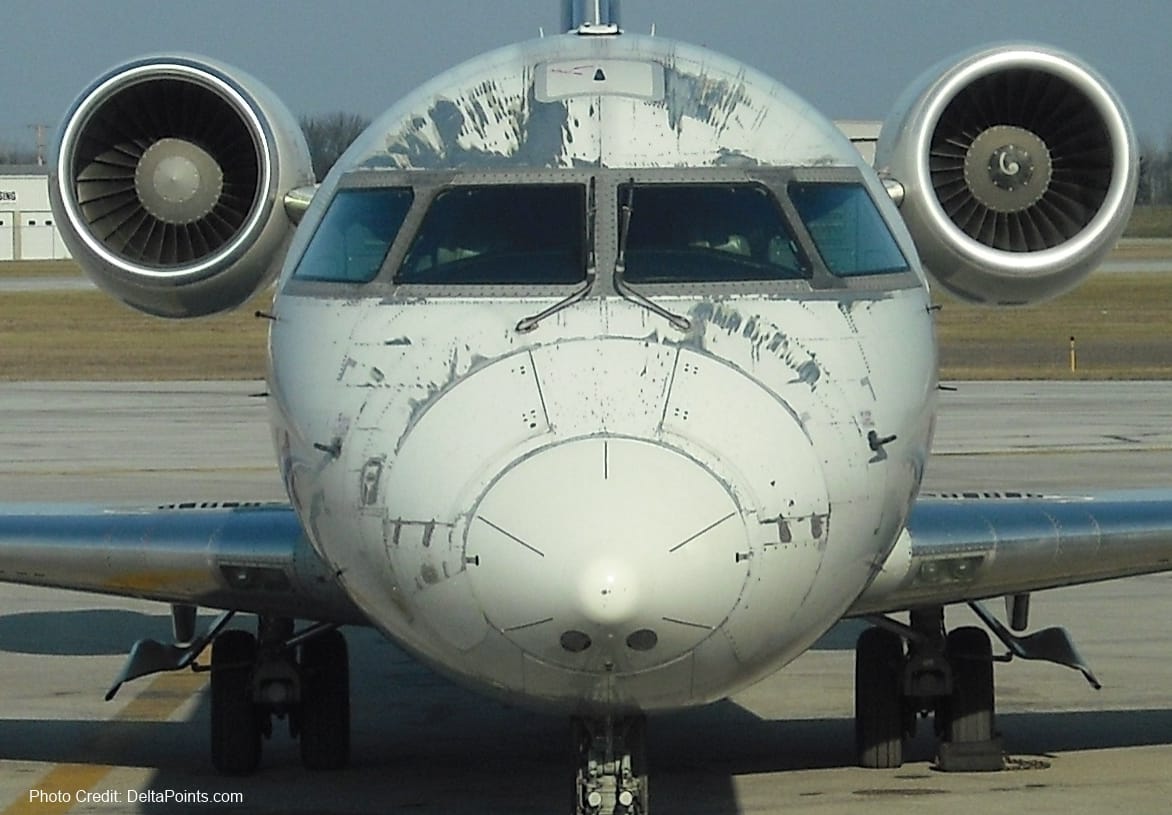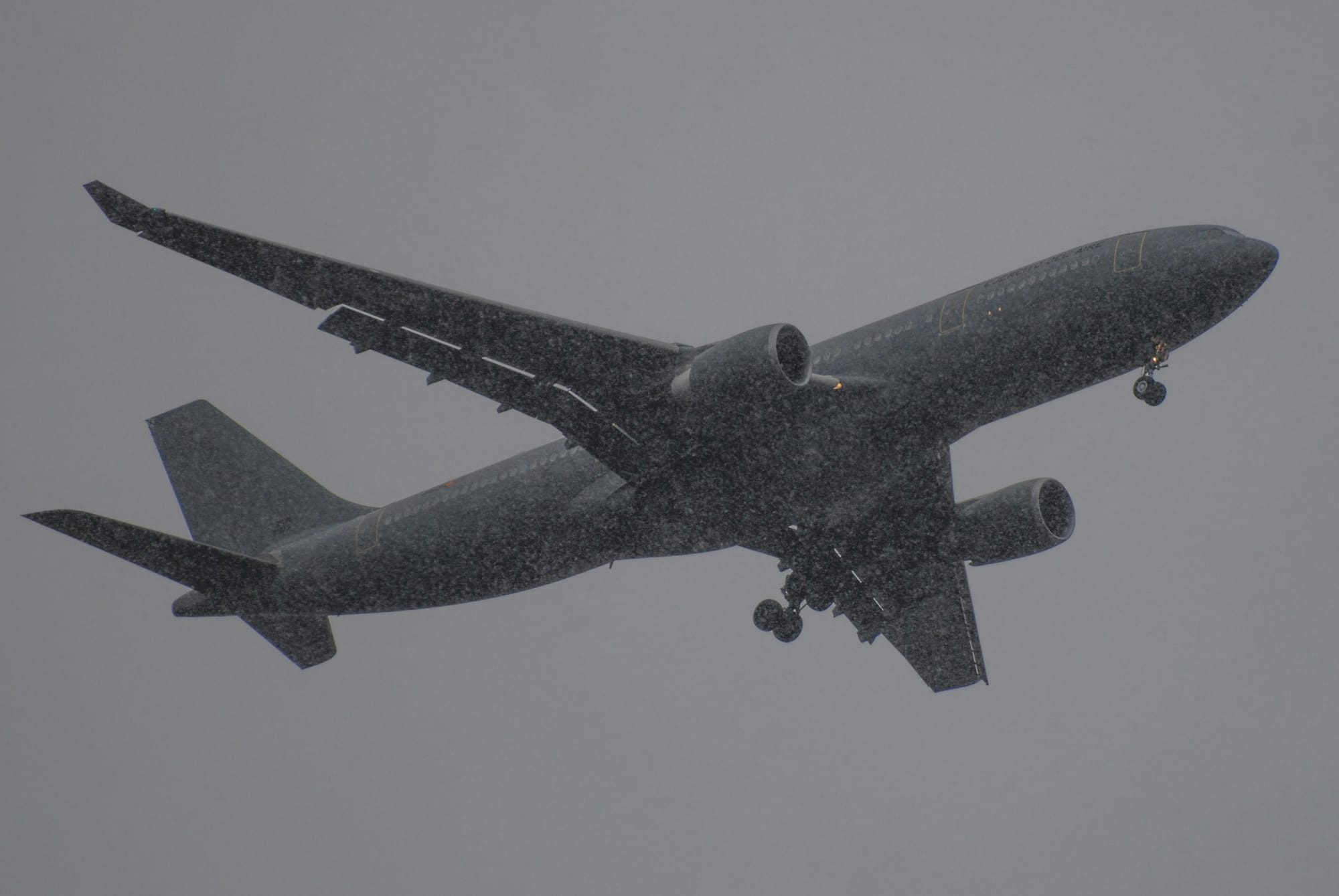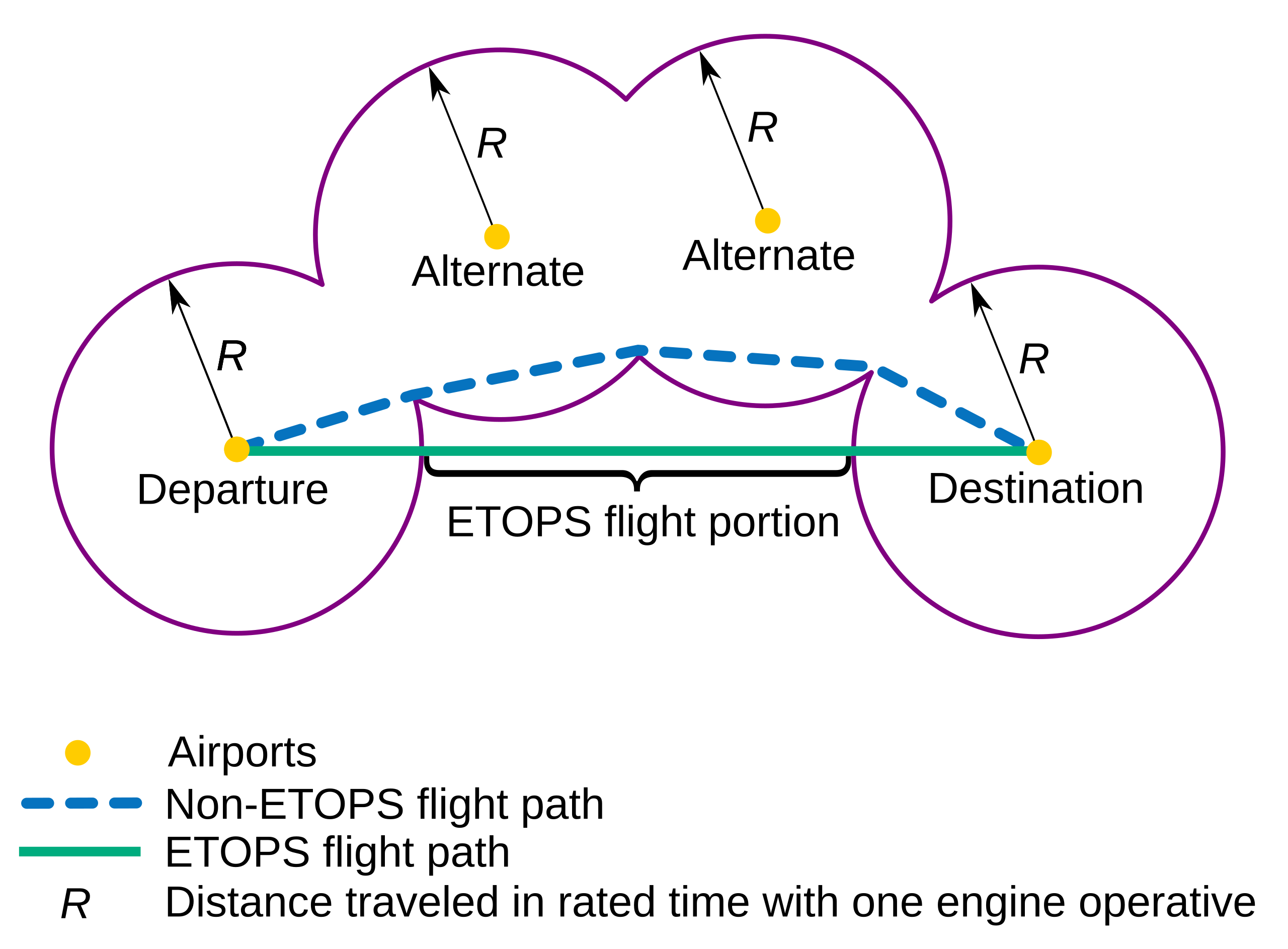WATCH: Private Pilot Can't Follow Directions in New York Airspace, Almost Collides With Other Airplanes
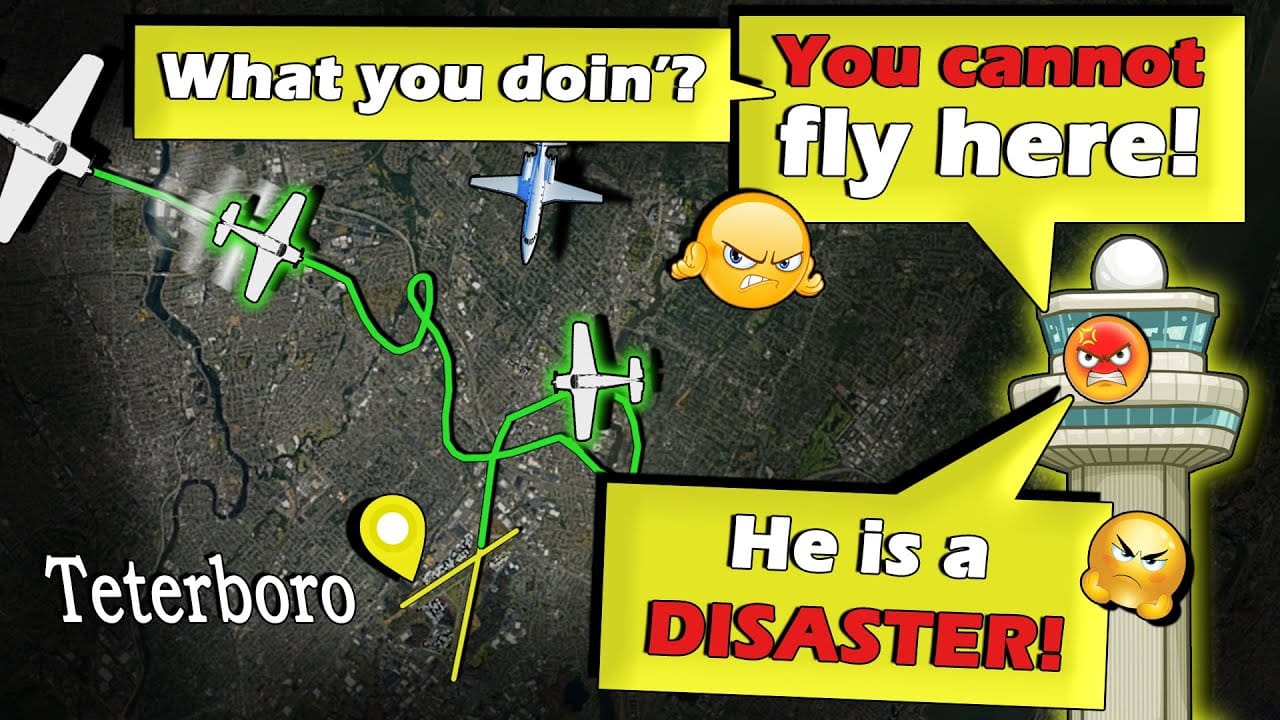
Air traffic in the Northeast United States is some of the most congested and compact airspace. In the New York area, you have four major airports, all fighting for airspace. JFK, Newark, and LaGuardia all see major commercial traffic, while Teterboro sees an enormous amount of private aviation traffic.
Following air traffic control directions is vitally important to not collide with other air traffic. However, one pilot couldn't follow a single direction Teterboro gave him and almost caused multiple air traffic incidents.
The video starts off with the aircraft N146AV, a Piper PA-28 Cherokee, seeming to have radio communications issues with Teterboro. Then the pilot seems to have multiple issues identifying himself to the air traffic controllers.
The major problems start when N146AV can't follow a heading instruction given by the tower. With an aircraft on final for the runway, the tower needed to get the aircraft out of the way. However, the pilot never following the instruction and started to list around the airspace.
While you can start to tell the tower was getting angry at the aircraft, they had to tell the pilot multiple times to climb to the proper altitude. Again, it took multiple times for the pilot to somewhat comply with the instruction given.
Again and again the tower has to repeat themselves and yell instructions at the pilot not following directions and coming in direct conflict with multiple aircraft.
The problems continue and once on the ground at Teterboro Airport the Piper seems to cut off a biz jet taxing around and when told to hold short of a runway the pilot doesn't stop and comes to a halt on an active runway.
Very Scary, Very Concerning
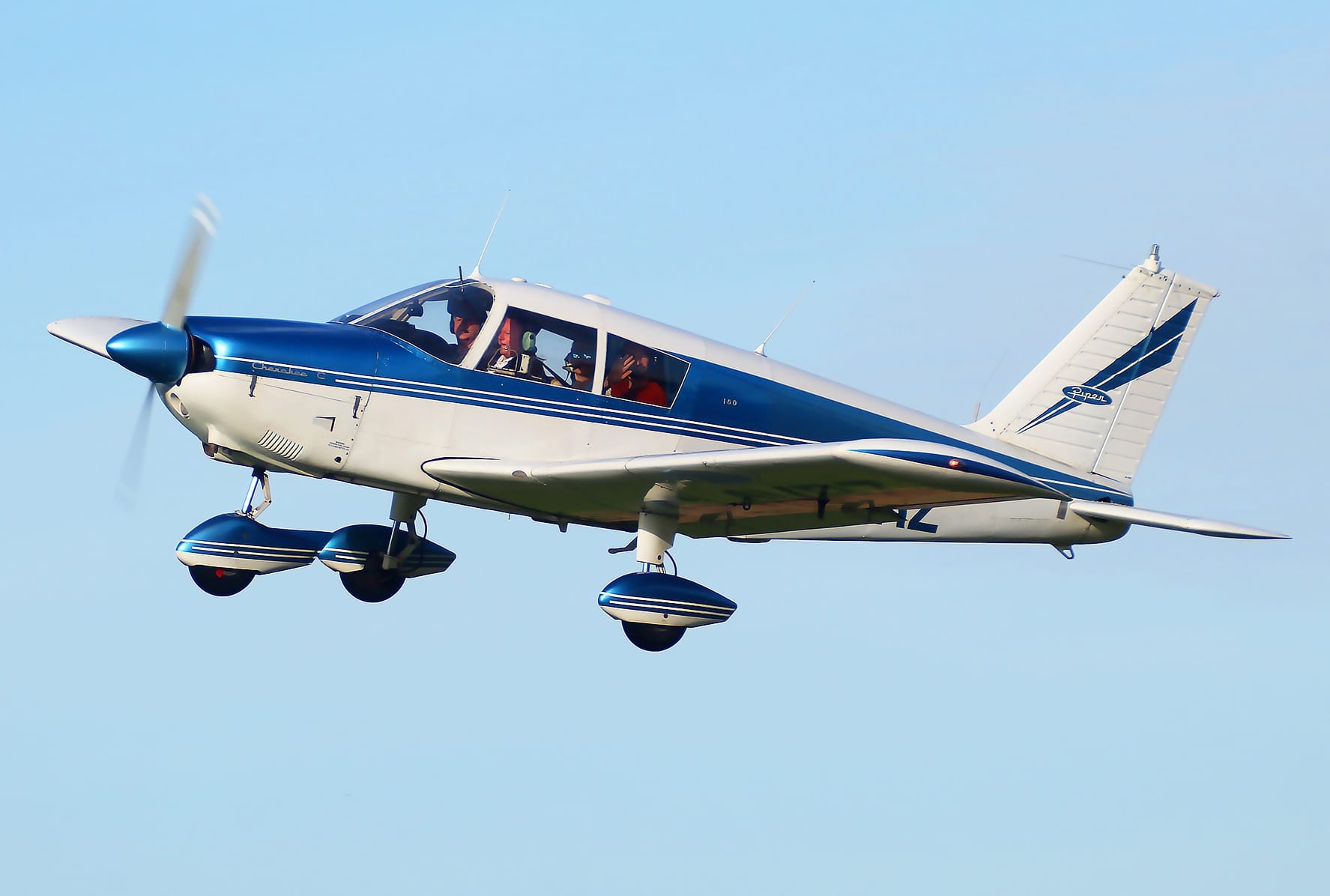
The fact that this pilot cannot communicate well with air traffic control or seem to follow any direction by the tower is deeply concerning. The three foundational rules of aviation are Aviate, Communicate, Navigate. In that order.
If the pilot was having issues with their aircraft, they needed to stabilize the aircraft and then communicate with air traffic control of any issues and declare an emergency. This pilot did none of that.
During the exchange with air traffic control, the pilot claimed to be flying in the airspace for 14 years. Despite that, the pilot would transmit over the controller multiple times, not read back correctly, and generally not follow their instructions. For a pilot of at least 14 years, this is not how someone with experience should act.
Final Thoughts
This pilot needs some serious corrective action. This level of ignorance to air traffic control's directions is going to cause a major action sooner or later. I counted no less than a dozen federal violations incurred by this single pilot.
While we may never know the outcome, the pilot has for sure been reported to the local Flight Standards District Office (FSDO) who will investigate and follow up with the pilot, which could include action against their license.


